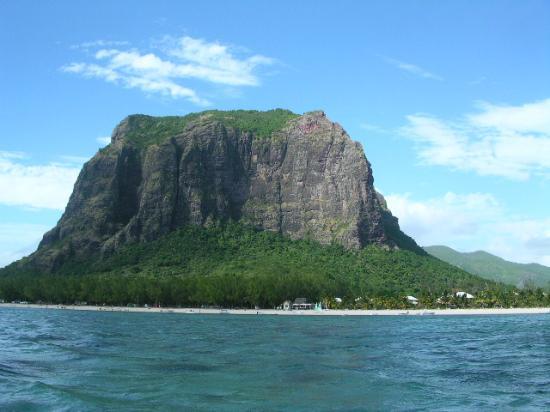PURPOSE
The Outstanding Health Research Award encourages researchers to be sensitive to the scientific and technological requirements of the health delivery system and rewards those whose research efforts are relevant to prevalent health problems.
The award gives recognition to the work of an individual or study group who has been able to demonstrate the link between research and practice through the absorption or utilization of his/her research project in the health delivery system.
NOMINATION PROCEDURES
1. Who can be nominated
All Filipino health researchers, working individually or in groups, can be considered as candidates for the award. Work in either biomedical research or health services research may be considered.
2. Who can nominate
Nominations may be made by individuals, scientific, technological and professional societies or associations, research institutes and universities and colleges. However self-nomination is not allowed.
3. How to nominate
Nominations should be made on the prescribed nomination form.
Each nomination should include ALL of the following:
a. one copy of each of the technical reports/ and publications of the completed projects leading to the technology
b. write-up on the impact of the project on health delivery highlighting how the results were utilized and the benefits derived from their utilization
c. statement from the technology user(s) describing the contribution of the technology in improving health delivery
4. Where to send nominations
a. Nominations should be submitted to:
Philippine National Health Research System
c/o Office of the Executive Director
Philippine Council for Health Research and Development
3/F DOST Administration Building
Gen. Santos Avenue, Bicutan, Taguig City
Tel. No. 837-75-37 / 837-75-36
b. Nominations should reach PCHRD not later than JANUARY 31, 2011
SELECTION
A. Criteria for Selection
Extent of impact on health/quality of life (30%)
Contributes to the promotion of the well-being of a greater section of the population
Provides long-term solution to health problems affecting majority of the population
Short gestation period for timely application of results
Economic benefits (30%)
Results to savings accruing from import substitution and reduced health care cost
Have the potential for export
Increases productivity
Better allocation/application of health resources is achieved
S & T benefits (40%)
Improves knowledge and/or resolves issues in health problems
Serves as stepping stone for other areas of investigation
B. Procedure for Selection
- Nominations for the Award will be considered by a Screening Committee composed of distinguished scientists and health practitioners appointed by the PCHRD Governing Council.
- The Screening Committee can undertake visits or interview nominees or other concerned individuals to validate statements made in the nomination form.
- The decision of the Screening Committee will be final
INCENTIVES
The award will consist of a cash prize of Php 500,000.00 and a trophy for each of the biomedical research category and health research systems research category






